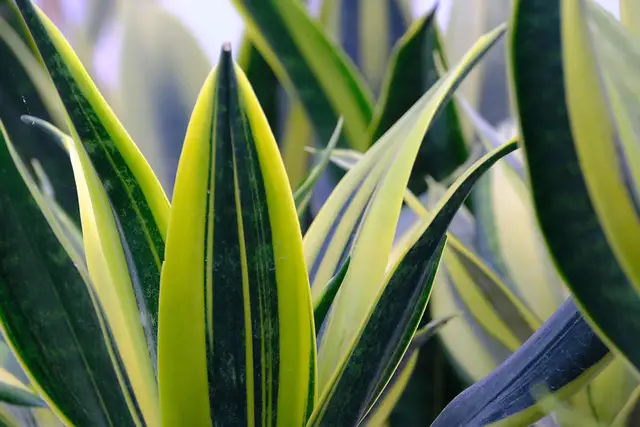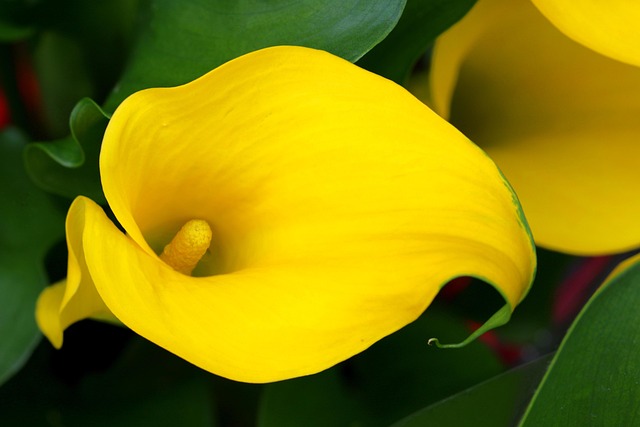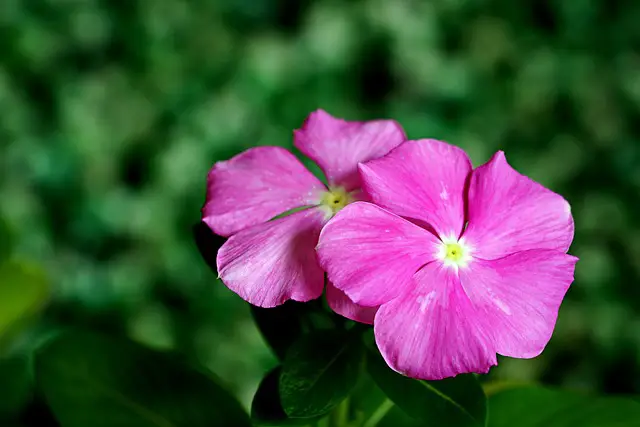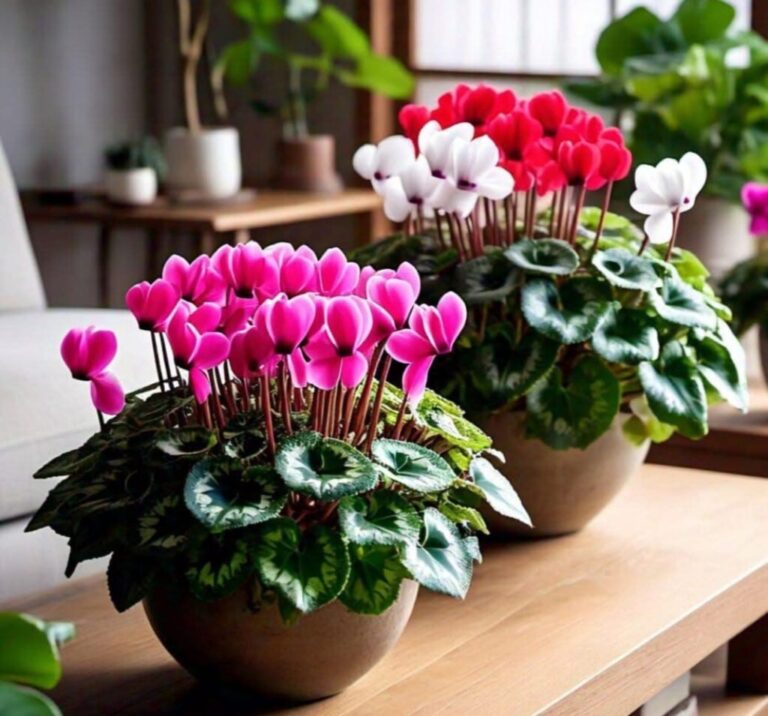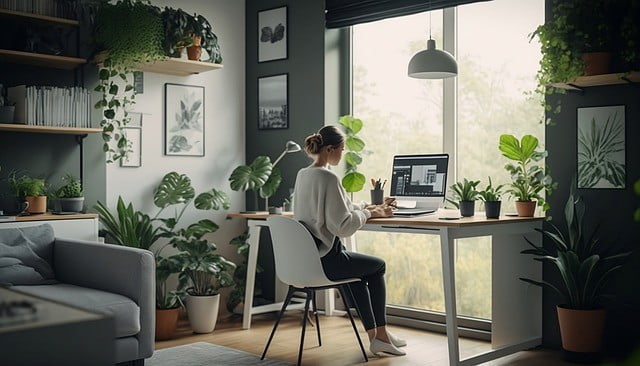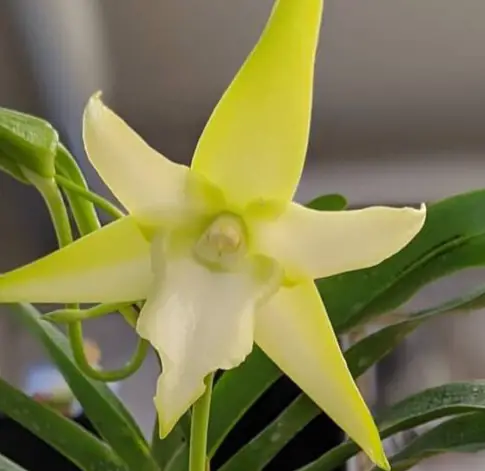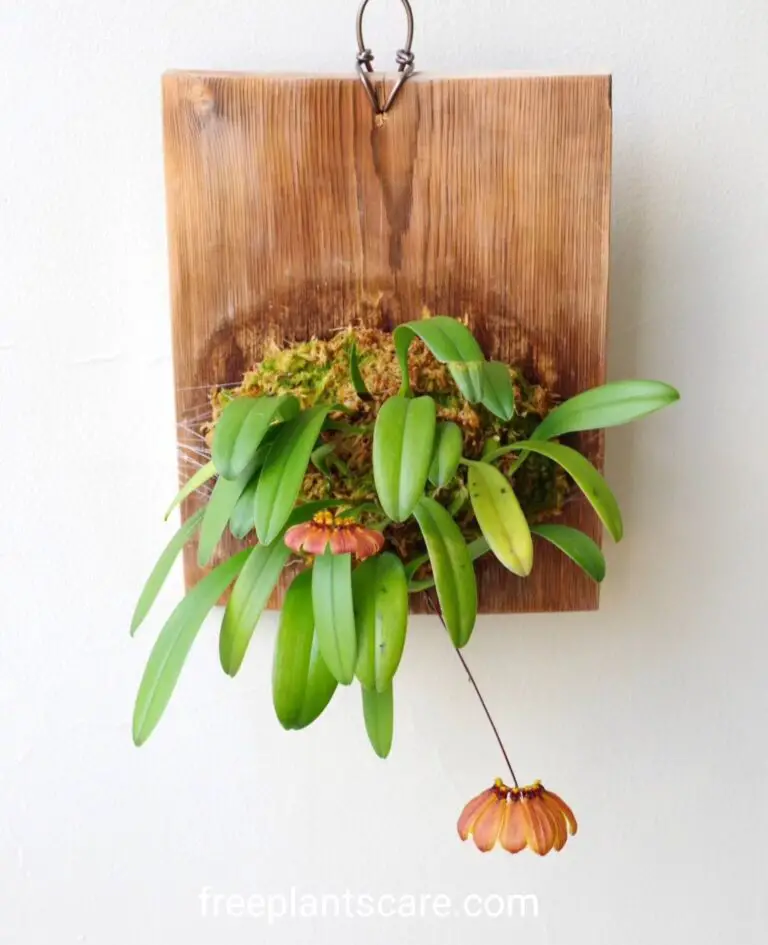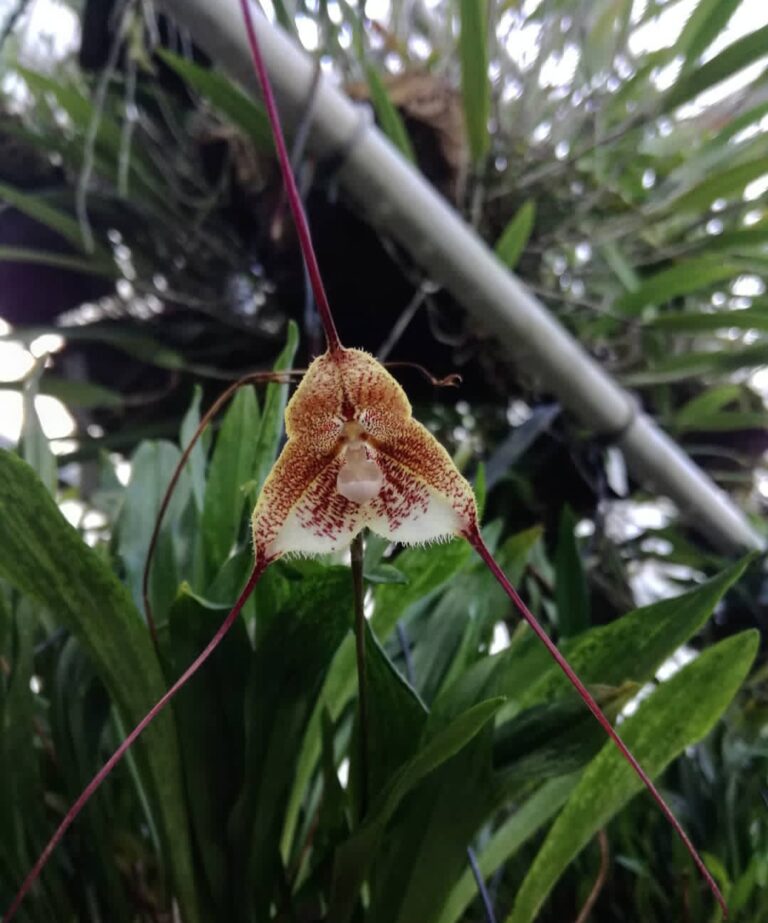Indoor Low Light Plants Creating a home full of greenery doesn’t always require large windows or abundant sunlight. In fact, some of the most beautiful and easiest houseplants to care for actually prefer the shadows. Whether you live in a high-rise apartment, a home with shaded interiors, or simply lack bright windows, indoor low-light plants offer the perfect solution for bringing nature indoors. These resilient and shade-loving plants not only survive but often thrive in low-light environments, making them ideal for beginners, busy homeowners, and anyone with less-than-perfect lighting conditions. They improve air quality, reduce stress, and create a calm and cosy ambiance—all without the need for a sun-drenched windowsill.
In this post, we’ll dive deep into 20 of the best indoor low-light plants that grow beautifully in dim spaces. You’ll find a variety of options, from tall architectural plants to trailing vines and compact tabletop greenery. Each plant comes with its own care tips, making it easy to select the right companion for your lifestyle and home environment. Whether you’re new to plants or building your indoor jungle, these shade-friendly options will bring life to the darkest corners of your home without demanding much in return.
- 1 20 indoor Low Light Plants
- 2 1. Snake Plant (Sansevieria)
- 3 2. ZZ Plant (Zamioculcas zamiifolia)
- 4 3. Pothos (Epipremnum aureum)
- 5 4. Cast Iron Plant (Aspidistra elatior)
- 6 5. Peace Lily (Spathiphyllum)
- 7 6. Chinese Evergreen (Aglaonema)
- 8 7. Philodendron
- 9 8. Dracaena
- 10 9. Spider Plant (Chlorophytum comosum)
- 11 10. Parlourr Palm (Chamaedorea elegans)
- 12 11. Boston Fern
- 13 12. Calathea
- 14 13. Prayer Plant (Maranta leuconeura)
- 15 14. Aglaonema ‘Silver Bay’
- 16 15. Golden Pothos (Devil’s Ivy)
- 17 16. Dieffenbachia (Dumb Cane)
- 18 17. Arrowhead Plant (Syngonium podophyllum)
- 19 18. English Ivy (Hedera helix)
- 20 19. Heartleaf Philodendron
- 21 20. Peperomia
- 22 FAQs: Indoor Low Light Plants
20 indoor Low Light Plants

1. Snake Plant (Sansevieria)
The Snake Plant is one of the most iconic indoor low-light plants due to its unique sword-like leaves and tolerance for a variety of conditions. Also known as “Mother-in-law’s Tongue”, this hardy plant is practically unkillable, making it an excellent choice for anyone who tends to forget watering or lacks strong sunlight. Snake plants thrive in low light and even filter toxins from the air, improving the atmosphere of your home while asking for little in return.
> 🌱 Care Tip: Water only when the soil is completely dry, and keep it in indirect light to avoid scorching the leaves.
2. ZZ Plant (Zamioculcas zamiifolia)
Sleek, sculptural, and incredibly low maintenance, the ZZ Plant is a favouritee among plant lovers for its ability to grow in shady spots with minimal water. Its glossy, deep green leaves reflect light, bringing subtle brightness to dark corners or office desks. It’s one of the few indoor low-light plants that can survive in spaces with fluorescent lighting, making it great for workplaces or windowless rooms.
> 🌱 Care Tip:In between waterings, allow the soil to totally dry out. Use a watering can sparingly because ZZ plants detest damp roots.
3. Pothos (Epipremnum aureum)
Few houseplants are as adaptable or easy to grow as the Pothos. This trailing vine thrives in just about any environment and grows quickly even in rooms with minimal natural light. With heart-shaped leaves that can be green, golden, or variegated, Pothos adds a lush, wild look to shelves, mantels, or hanging baskets. It’s especially forgiving, making it a great option for those just starting their indoor gardeninging journey.
> 🌱 Care Tip: Allow the soil to dry between waterings, and prune regularly to encourage full, bushy growth.
4. Cast Iron Plant (Aspidistra elatior)
True to its name, the cast iron plant is nearly indestructible. It’s known for withstanding extreme conditions, including poor lighting, temperature fluctuations, and even neglect. With long, dark green leaves and a slow-growing nature, it offers a sturdy, elegant presence in shaded hallways or north-facing rooms where other plants would struggle.
> 🌱 Care Tip: Water moderately and avoid placing it in direct sunlight, which can burn its leaves.
5. Peace Lily (Spathiphyllum)
The peace lily is both elegant and practical. It produces sleek, dark green foliage and can bloom lovely white flowers even in low-light environments. As one of the best air-purifying plants available, the peace lily not only beautifies your home but also also contributes to a healthier environment. It thrives in low light, especially in humid areas like bathrooms or kitchens.
> 🌱 Care Tip: Keep the soil moist but not soggy. The leaves will droop slightly when the plant needs water—a built-in alert system!
6. Chinese Evergreen (Aglaonema)
Chinese Evergreen is one of the most attractive and easiest indoor plants to grow, especially in low light. Its patterned, colourfull leaves come in different shades of green, silver, and even red, depending on the variety. This plant adapts well to dim rooms, tolerates dry air, and needs very little attention. It’s a fantastic choice if you want a pop of colourr in darker areas of your home.
> 🌱 Care Tip: Let the top inch of soil dry between watering and clean the leaves gently to remove dust buildup.
7. Philodendron
The Philodendron family includes a wide variety of plants, but all share the ability to thrive in shaded or indoor conditions. Whether you choose a trailing type for a shelf or a bushy one for a corner pot, philodendrons add rich foliage and a tropical feel to your living space. They’re considered low-effort and can tolerate lower light than many other indoor plants.
> 🌱 Care Tip: Water when the topsoil is dry and avoid placing it in direct sunlight, which can scorch its leaves.
8. Dracaena
Dracaena plants come in many striking varieties and often feature long, spiky leaves with red, green, or cream-colouredd stripes. Some grow tall, while others remain compact, but all are excellent choices for indoor low-light plants. They require little maintenance and are especially good for adding height and structure to dark corners of a room.
> 🌱 Care Tip: Allow the soil to dry between waterings and wipe the leaves with a damp cloth to keep them looking vibrant.
9. Spider Plant (Chlorophytum comosum)
Spider plants are popular for their cheerful appearance and ease of care. They frequently yield reproducible baby spiderettes, and their arching leaves give the impression of a fountain. These plants don’t mind shade and can grow happily in indirect light, making them perfect for kitchens, bathrooms, or hanging baskets.
> 🌱 Care Tip: To avoid root rot, water once a week and make sure the soil drains properly.
10. Parlourr Palm (Chamaedorea elegans)
The Parlourr Palm brings elegance and a tropical vibe to any indoor setting. With its soft fronds and low light requirements, it was once a staple in Victorian parlourss and continues to charm plant lovers today. It grows slowly and can live for years indoors with minimal effort.
> 🌱 Care Tip: When the top inch of soil is dry, water, and mist sporadically to keep the area around the leaves moist.
11. Boston Fern
Boston ferns add a lush, airy touch with their feathery fronds and classic appeal. While they do best in filtered light and high humidity, they can adapt to lower light conditions with proper care. A steamy bathroom with indirect light can be their ideal home.
> 🌱 Care Tip: Keep the soil consistently moist and mist the leaves often to replicate a humid environment.
12. Calathea
Known for their vibrant, patterned leaves that often fold up at night, Calatheas are show-stoppers. While they appreciate some indirect light, many varieties tolerate low light and bring movement and colourr into the space.
> 🌱 Care Tip: Use filtered water and keep the soil slightly moist. Too much sunlight can cause their striking patterns to fade.
13. Prayer Plant (Maranta leuconeura)
Prayer plants have an incredible trait: their leaves raise and close like hands in prayer at night. They boast vivid markings and thrive in shaded areas, especially when humidity is high. They’re a great conversation starter for guests who notice the plant “moves” during the day.
> 🌱 Care Tip: Mist often, avoid cold drafts, and water when the top layer of soil begins to dry.
14. Aglaonema ‘Silver Bay’
‘Silver Bay’ is a remarkable Chinese Evergreen cultivar with huge, silvery leaves that have green borders. This plant does well even under artificial lighting and brings a luminous quality to dim rooms. It’s both ornamental and tough.
🌱 Care Tip: Rotate the plant every few weeks for even growth and wipe the leaves to prevent dust accumulation.
15. Golden Pothos (Devil’s Ivy)
Golden Pothos is a fast-growing vine that adapts to just about any indoor condition. Its marbled green-and-yellow leaves brighten dark rooms, and its low-maintenance nature makes it nearly impossible to kill. It flourishes where other plants would perish.
🌱 Care Tip: Let the soil dry before watering, and cut back long vines to keep the plant full and lush.
16. Dieffenbachia (Dumb Cane)
With bold, broad leaves speckled in white or cream, Dieffenbachia adds instant drama to indoor spaces. It performs well in low light but needs to be handled carefully, as its sap is toxic if ingested. For homes without pets or young children, it makes a gorgeous and easy-care plant.
🌱 Care Tip:Keep it in a warm, draft-free place and don’t overwater it.
17. Arrowhead Plant (Syngonium podophyllum)
Arrowhead Because of their climbing tendencies and arrow-shaped leaves, plants are visually appealing, versatile, and adaptable. They begin small but, if given the chance, can grow into vining plants, providing a variety of low-light display alternatives.
> 🌱 Care Tip:To keep the soil in shape, keep it consistently moist and cut it frequently.
18. English Ivy (Hedera helix)
A classic trailing plant, English ivy adds a touch of classic charm to windowsillsand bookcases. Although it likes cool weather, it can survive in low light as long as it isn’t exposed to dry air.
> 🌱 Care Tip: Mist regularly and trim long tendrils to encourage bushier growth.
19. Heartleaf Philodendron
Heartleaf philodendrons grow on long vines and have glossy, heart-shaped leaves. It’s a basic for novices or forgetful plant owners because it’s quite forgiving and adapts well to low light.
> 🌱 Care Tip:Before watering, let the top inch of soil dry, and repot if the roots get too crowded.
20. Peperomia
Compact, stylish, and available in a range of textures and colours, Peperomia is a delightful plant that thrives in the shade. Many varieties have succulent-like leaves that store moisture, making them drought-tolerant and ideal for office desks or shelves.
> 🌱 Care Tip: Use water and well-draining soil when the soil seems dry to the touch.
Final Thoughts
Choosing the right greenery for darker areas of your home doesn’t mean compromising on beauty or variety. These indoor low-light plants are proof that you can build a vibrant indoor garden even without bright sunlight. From elegant palms to playful vines, each plant on this list offers something unique for your home. They are low-maintenance, highly adaptable, and bring life to otherwise dull spaces. So go ahead—give that shady corner the green touch it deserves!
FAQs: Indoor Low Light Plants
1. What are indoor low-light plants?
Indoor low-light plants are houseplants that thrive in shaded areas or rooms with minimal sunlight. These plants adapt well to indirect or filtered light, making them perfect for spaces like bathrooms, offices, or corners where sunlight is limited throughout the day.
2. Are low-light indoor plants easy to maintain?
Yes, most indoor low-light plants are beginner-friendly and require minimal care. They generally need less frequent watering and can survive without direct sunlight. This makes them ideal for people with busy lifestyles or those who are just starting their indoor gardening journey.
- Which low-light indoor plants are ideal for novices?
The Snake Plant, ZZ Plant, Pothos, and Peace Lily are a few of the greatest low-light indoor plants for novices. These plants are hardy, require little attention, and can adapt well to different indoor environments, especially those with low natural light.
4
Can low-light indoor plants thrive without direct sunlight?
Direct sunlight is not necessary for indoor low-light plants to thrive. Instead, they prefer filtered, indirect light or artificial lighting. However, they still need some form of light to perform basic functions like photosynthesis. Fluorescent lights often work well for supporting their growth indoors.
5. How often should I water indoor low-light plants?
The majority of low-light indoor plants would rather go dry in between waterings. One typical error that can result in root rot is overwatering. Only water the top inch of soil once it seems dry. The type of plant and indoor humidity conditions affect the frequency.
6. What are the benefits of growing indoor low-light plants?
Indoor low-light plants purify the air, improve humidity, and add aesthetic value to your home or workspace. Since they thrive in less light, they’re ideal for decorating shady corners or rooms that receive minimal natural sunlight throughout the day.
7. Are indoor low-light plants safe for pets?
Some indoor low-light plants are pet-safe, such as the spider plant and calathea. However, others like peace lily and dieffenbachia can be toxic if ingested. Before putting any plant in a pet-friendly setting, make sure you review its safety profile.
8. Can indoor low-light plants flower?
Yes, certain indoor low-light plants like the peace lily and anthurium can bloom even in low-light conditions. Although the flowers may be fewer and smaller than those grown in bright light, with proper care, these plants can still produce attractive blooms indoors.
9. Do indoor low-light plants grow slowly?
Most indoor low-light plants grow slower than those exposed to bright light. This is because less light means slower photosynthesis. However, their compact growth is often desirable indoors since it reduces the need for frequent pruning or repotting.
10. What types of containers are best for indoor low-light plants?
Indoor low-light plants do well in containers with good drainage holes.
Select permeable ceramic, plastic, or terracotta containers. Proper drainage prevents root rot, which is especially important since these plants don’t dry out as quickly as those in sunnier areas.
11. Is it possible to cultivate low-light indoor plants in a bathroom?
Absolutely! Bathrooms are ideal for many indoor low-light plants because they offer both humidity and filtered light. Plants like ferns, pothos, and Chinese evergreens thrive in these environments, making them a perfect choice for bathroom décor.
12. Do indoor low-light plants need fertilisers?
Occasionally feeding indoor low-light plants is beneficial, particularly during the growing season. In the spring and summer, fertilise your houseplants once every four to six weeks using a diluted, balanced fertiliser. Steer clear of overfertilising, particularly during the winter months when most plants are dormant.
13. Are there large indoor low-light plants for room decoration?
Yes, large indoor low-light plants like the Cast Iron Plant, Kentia Palm, and Rubber Plant make excellent statement pieces in low-light rooms. Their broad leaves and upright growth add vertical interest and a tropical touch to any indoor space.
14. What’s the difference between indoor low-light plants and shade-loving outdoor plants?
Indoor low-light plants are specifically adapted to indoor conditions and artificial light sources. Shade-loving outdoor plants often need natural indirect sunlight and may not perform well indoors. Always select plants labelled as suitable for indoor low-light environments.
15. Can indoor low-light plants grow under LED lights?
Yes, many indoor low-light plants can grow well under full-spectrum LED grow lights. These lights mimic natural sunlight and support healthy foliage growth. They’re especially useful in dark rooms or during winter months when natural light is scarce.
